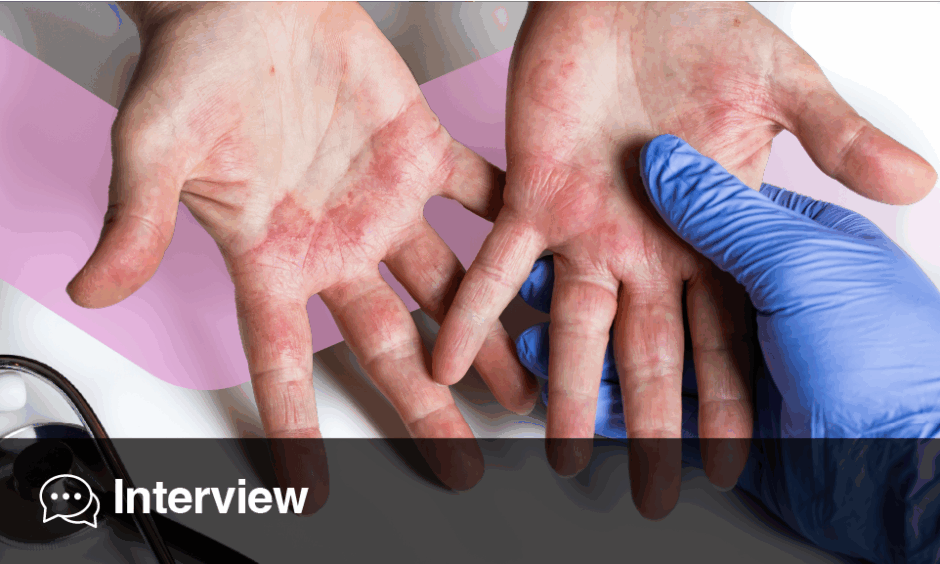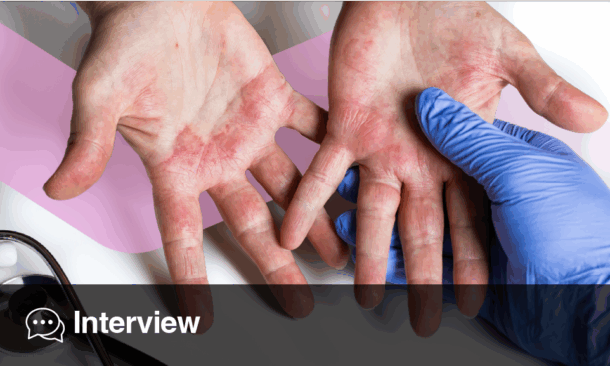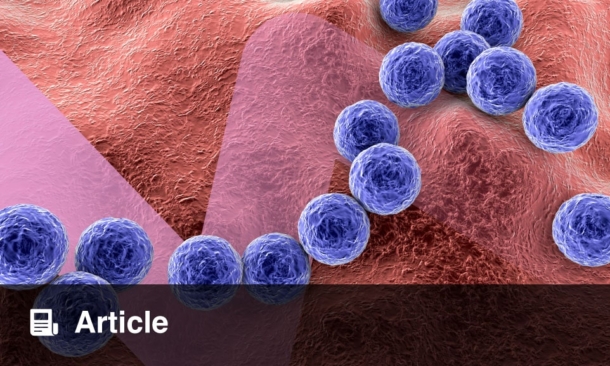VITILIGO is a chronic autoimmune condition that leads to depigmented patches on the skin due to the loss of melanocytes. While the worldwide prevalence is estimated between 0.2% and 0.5%, the disease can have profound psychosocial impacts, particularly for those with nonsegmental vitiligo (NSV). Feelings of stigmatisation, coupled with unpredictable disease progression, often affect patients’ quality of life.
The pathogenesis of vitiligo is largely regulated by interferon gamma activation of the Janus kinase (JAK)/signal transducer and activator of transcription pathway. Current treatment options are limited, with ruxolitinib cream (a JAK1/JAK2 inhibitor) being the only approved repigmentation therapy, suitable only for patients with ≤10% body surface area affected. This limitation has prompted research into alternatives such as povorcitinib, an oral, selective JAK1 inhibitor, which may benefit patients with more extensive vitiligo.
Positive Results in Patients with Extensive Vitiligo
The Phase II clinical trial (NCT04818346) evaluated povorcitinib in adults with extensive NSV, with no upper limit on body surface area involvement. The study, which used percentage change in T-VASI (Total Vitiligo Area Scoring Index) as the primary measure, demonstrated encouraging results. Patients receiving povorcitinib showed substantial improvements in both total body and facial repigmentation over 52 weeks of treatment, with efficacy observed across all doses.
At 24 weeks, povorcitinib produced superior improvements compared to placebo, particularly in F-VASI (Facial Vitiligo Area Scoring Index) outcomes. By 52 weeks, many patients achieved T-VASI50 and F-VASI75 thresholds, considered clinically meaningful successes. Notably, some patients maintained repigmentation for 24 weeks even after treatment cessation.
Povorcitinib was generally well tolerated, with no treatment-related serious adverse events reported. Common side effects such as acne and mild herpes zoster were observed but did not lead to discontinuation.
Looking Ahead
The study highlights the potential of oral povorcitinib as an effective treatment option for extensive vitiligo, especially where current therapies fall short. With ongoing global phase 3 trials underway, further evidence may soon confirm its role in improving outcomes for patients with this challenging skin condition.
Reference
Pandya AG et al. Efficacy and safety of the oral Janus kinase 1 inhibitor povorcitinib in patients with extensive vitiligo in a phase 2, randomized, double-blinded, dose-ranging, placebo-controlled study. J Am Acad Dermatol. 2025;93(4):946-55.








